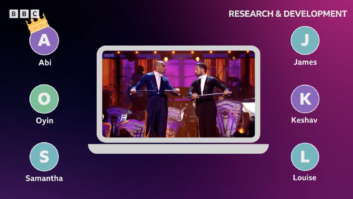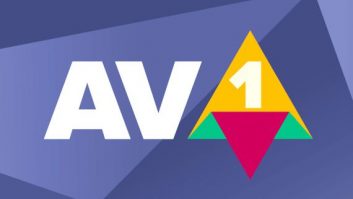BBC R&D has published new findings from its ongoing work to reduce streaming latency. It says that coverage of the FIFA World Cup has thrown fresh focus on issues surrounding the lag between the TV broadcast and the stream on BBC iPlayer and BBC Sport.
The broadcaster’s R&D department has long been working on finding ways to eliminate latency in online streams, to the point that it was on a par with (or even better than) traditional TV broadcast. Indeed, after the last World Cup, BBC R&D showcased a technological solution at that year’s (2018) IBC which demonstrated significantly improved streaming latency to such an extent.
A full World Cup cycle later, principal R&D engineer Chris Poole has provided an update on the progress his team has made in this area, which includes influencing standards to support low latency streaming, and conducting small scale user trials.
Poole writes, “One of the biggest challenges to achieving low latency lies in the streaming client; the software that runs on your TV or your mobile phone that tries to avoid playback stalling by choosing different ‘representations’ or ‘renditions’ of the video according to the throughput that your internet connection can achieve. Reducing latency to something comparable with broadcast means reducing the amount of time the client has to react to changes in throughput and that can mean poorer reliability with more stalling. To avoid this we need to eliminate any client behaviours that add delay and optimise algorithms to make the best decisions possible.”
The small scale user trials took place earlier this year where Poole’s team encoded BBC One through an in-house low latency encoder and distributed the media over a commercial CDN to dash.js-based clients, which was configured based on the results of the team’s simulations. “The results were encouraging and suggested many of our viewers could get a good quality of experience from a low latency stream with end to end delays matching those of our terrestrial broadcast channels,” he explains.
“However, challenges remain to deploying low latency at a large scale. Firstly, some users would experience a less reliable stream if low latency were turned on universally today. So one area we will be investigating is how we might identify those for whom low latency should work well and those for whom it would not.
“Secondly, the client-side low latency approaches we have been trialling depend on TVs and other devices having support for MSE. It will take some time for MSE support to reach a high proportion of the devices our viewers use.”
You can read Poole’s full blog here.







